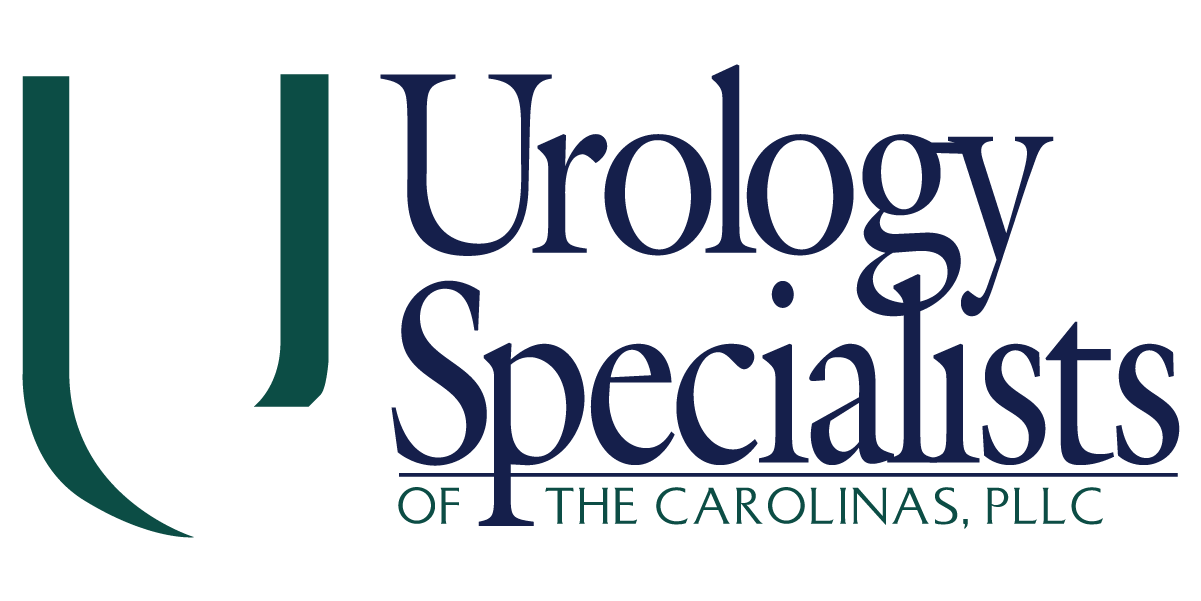MEN’S HEALTH
Testicular Cancer
Testicular Cancer Definition:
Testicular cancer occurs in the testicles, which are the organs that produce male sex hormones (testosterone) and sperm for reproduction.
For males between the ages of 15 – 35, testicular cancer is the most common cancer in America.
Symptoms of Testicular Cancer
In the beginning stages, a painless, growing mass in the scrotum is one of the most common signs of testicular cancer emerging. In many cases, testicular cancers present with no symptoms, but some symptoms that may occur are:
- Pain in the scrotum
- Swollen lymph nodes in the groin
- Fatigue
- Weight loss
- A feeling of heaviness in the scrotum
- Pain or discomfort in a testicle or the scrotum
- A lump or enlargement in either testicle
- A dull ache in the abdomen or groin
- A sudden collection of fluid in the scrotum
- Enlargement or tenderness of the breasts
Get in touch with a physician today if you think you are experiences signs and symptoms of testicular cancer.
The Three Stages
Stage 1: The cancer is found in only one testicle
Stage 2: The cancer has spread to lymph nodes in the stomach
Stage 3: The cancer has spread to other parts of the body–typically far away from the testicles–in places such as the lungs or the liver.
Did you know that 95% of testicular cancers spread if left untreated? Knowing the signs may help you detect the cancer early on–ensuring you receive treatment as early as possible.
Causes of Testicular Cancer
According to doctors, testicular cancer typically occurs when healthy cells in a testicle are altered. Usually, healthy cells grow and divide in an orderly way and keep the body functioning normally. However, when cells develop abnormalities, they cause the otherwise normal paced growth to get out of control, and cancer cells continue to divide even though new cells are not needed. The accumulating cells then begin to form a mass, or tumor, in the testicles.
Nearly all testicular cancer begins in what is known as the ‘germ cells’. These are the cells in the testicles that produce immature sperm. What causes these germ cells to become abnormal and eventually cancerous is not yet known.
Other Risk Factors
Patients with a history of testis that are undescended are at a higher risk of developing testicular cancer.
For example, if a patient’s brother or father have suffered from testicular cancer, the patient is at a higher risk of developing the cancer themselves. In situations like this, it’s important that the patient perform a self-examination once a month to check for any possible masses. Learn how to perform a self-examination for testicular cancer on our recent blog.
Diagnosis & Treatment
Testicular Cancer Can be Found By:
- A physical examination performed by your physician
- A noninvasive radiological test or ultrasound
- A blood test that can be checked for tumor markers
Treatment Options Include:
- Radical Orchiectomy, in which the entire spermatic cord and testicle are removed through a small incision made in the lower abdomen.
- Retroperitoneal Lymph Node Dissection, a treatment option used to treat abdominal lymph nodes.
- Chemotherapy is an option for cancers that are typically more advanced.
